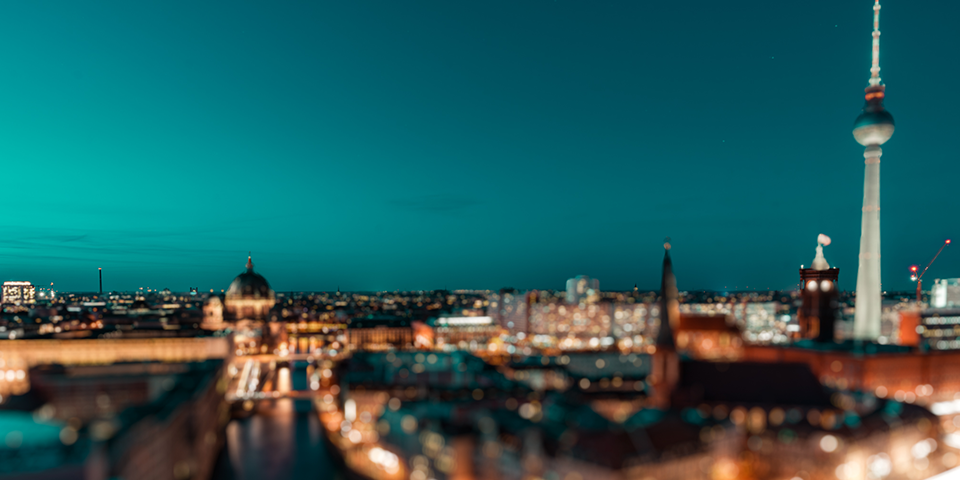
Five Reasons Why Your Photos Are Not Sharp
 Vlad Manea
Vlad Manea
If you’ve ever struggled with achieving sharp photos, you’re not alone. Let’s take a step back and identify some key factors that may be affecting the clarity of your shots.
1. High ISO Levels and Digital Noise
A common reason for lack of sharpness is high ISO settings. Before assuming this isn’t the issue, try cranking up your ISO and see what happens—likely, the result will be far from sharp. High ISO introduces digital noise, which reduces sharpness and can muddy shadows. While noise reduction tools can help, they won’t fully recover the lost detail.
Always be mindful of your ISO settings when capturing an image, not just in post-processing.
2. Incorrect Focus Mode If you’re shooting a moving subject while using the wrong autofocus (AF) mode, you’re bound to get blurry results. Choosing the right AF mode is crucial. Manufacturers wouldn’t offer different modes if they weren’t necessary.
In general:
- Single Shot AF is best for still subjects such as products, portraits, or architecture
- Continuous AF is ideal for moving subjects—whether it’s a wedding procession or wildlife photography. Let the AF handle the motion, so you can focus on composition
- Manual Focus is usually used with old lenses attached to digital cameras or in videography. It also can be used at any time when the autofocus fails, like during the night where there is no point of light where the camera can focus on
You also have:
- DMF (Direct Manual Focus) or any way that camera manufacturers name it, is a combination of Manual + Single AF, which allows you to adjust focus manually after the camera has locked in on a subject
These terms might sound a bit technical at first, but they are the foundation for everything else in photography.
3. Camera Movement and Stability
Even the slightest movement before fully pressing the shutter button can affect sharpness. Stability is key—whether you’re shooting stars with a tripod, panning fast-moving cars with a monopod, or simply holding your camera correctly.
To maximize stability, keep your elbows close to your body. Allowing them to extend too far will reduce stability and increase the chance of blur.
4. Optimal Aperture Selection
Every lens has a “sweet spot” where it produces the sharpest images. Just because your lens can open wide, like at f/2.8 or f/1.8, doesn’t mean that’s the optimal aperture for sharpness. For overall sharpness, aim for an aperture between f/8 and f/13. Pushing beyond f/16 or f/22 could actually reduce clarity due to the effects of diffraction and depth-of-field distortion.
5. Shutter Speed and Motion Blur
As a rule of thumb, your shutter speed should be at least as fast as the focal length of your lens. For example, if you’re using a 50mm lens, your shutter speed should be at least 1/50th of a second. For a 200mm lens, set the shutter speed higher than 1/200th. This is especially important when shooting handheld, as shutter speeds below 1/60th increase the chance of hand-shake-induced blur.
Photography is a journey, and every great photo begins with understanding the fundamentals. So, take your time, experiment, and most importantly, have fun with it.